‘Mazda goes premium’ – that was the gist of automotive headlines from more than a year ago. It’s a bold move for the Japanese automaker, and German automakers, as well as British and other European brands, probably scoffed at the idea.
But this author was and is sold at what Mazda was trying to achieve with its declaration. Where do the lines blur anyway? In my experience in driving cars from cheap hatchbacks to flagship premium executive cars, Mazda has effectively crossed over the premium segment – much credit should be given to its new lineup.
I was particularly enamored with the family of ‘3’, with my bias pointing towards the sedan because of the hatchback, err Sportback’s design issues. The Mazda CX-30 is pretty much a raised Mazda3, but does it offer the same overall positive experience? I’ve sat behind the wheel of one, and here are my thoughts.
Exterior
When I said that the CX-30 was a raised Mazda3, that wasn’t just a jest but more of a fact. It sits atop the same platform, with the intention of entering the crossover/SUV-crazed market. While the naming convention is somewhat confusing with the existence of the CX-3, the CX-30 is on-point when it comes to styling – most especially its styling.
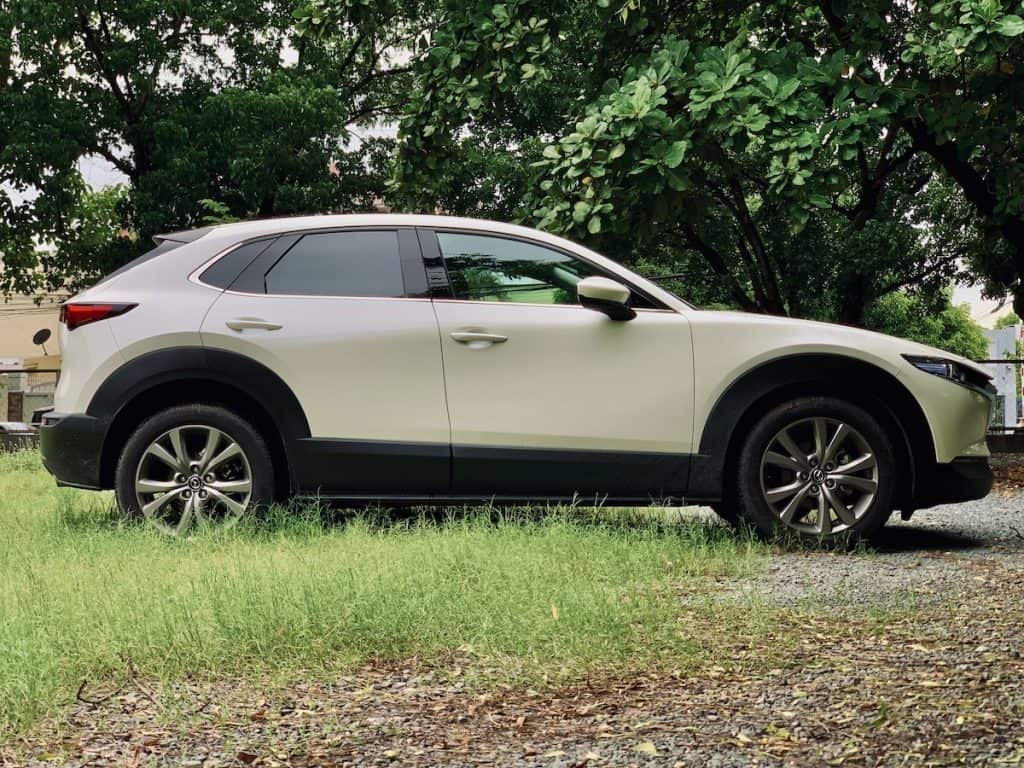
With swooping lines and minimal creases, Mazda proves that less is more with the CX-30’s design. The coupe-like execution towards the rear looks sleek. Surprisingly, the thick undercladding didn’t take anything away from its aesthetics. If anything, they even add to the appeal. Just don’t absorb it at face value and take this crossover on dirt trails; the CX-30 has a decent 180mm ground clearance – enough to clear steep parking ramps and road impurities, but not so much on unchartered roads.
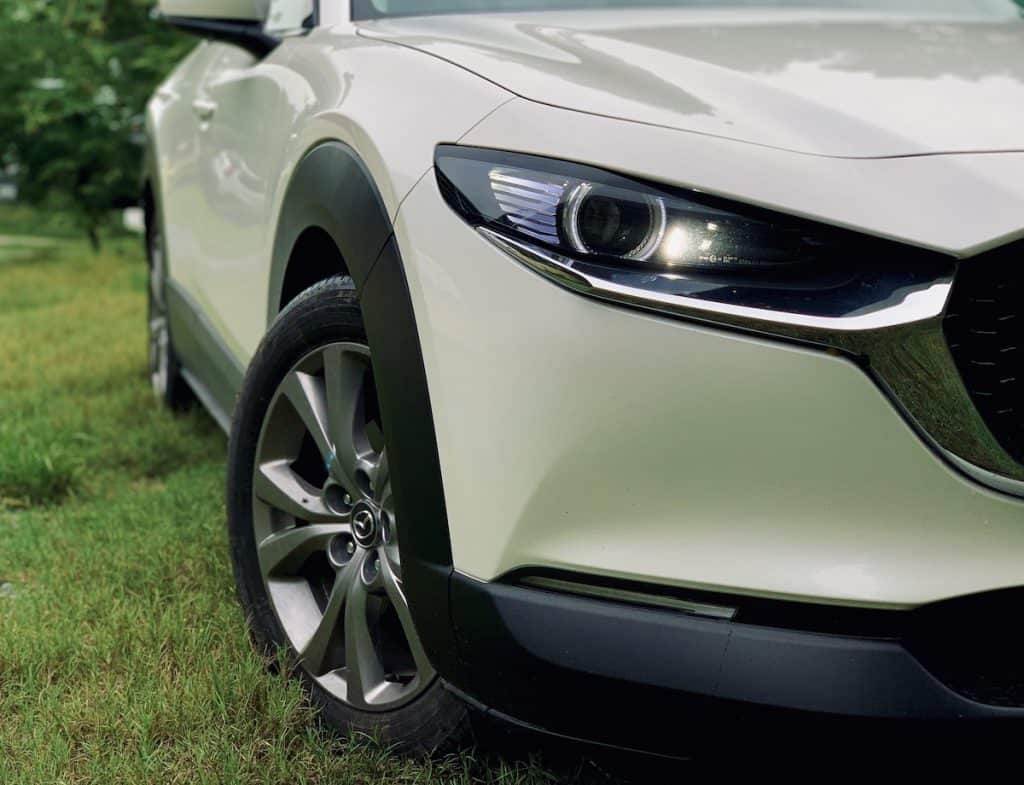
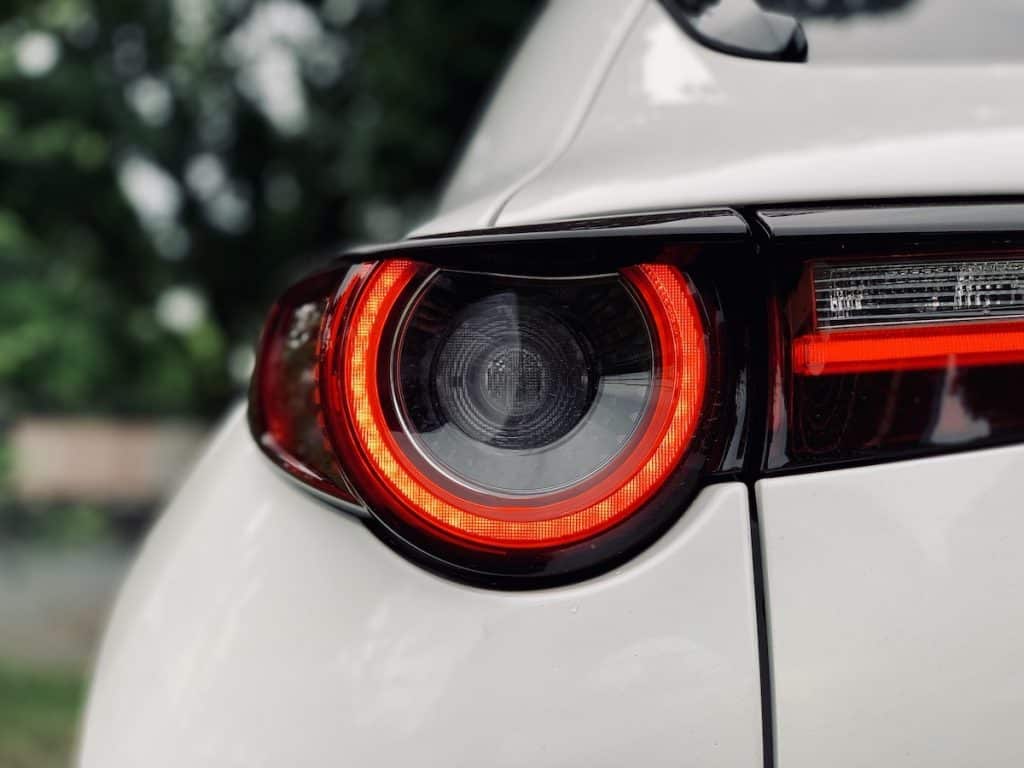
Even better, the FWD Sport mid-variant that I’ve tested already comes with all the exterior bells and whistles, which include a full array of LED lighting (adaptive front lighting in this case) and 18-inch alloys. I am a huge fan of the circular LEDs found upfront and at the back. They’re like staring back at your soul.
Interior
Much of Mazda’s newfound premium-ness is found in the cabin where top-notch materials reside. Virtually everything that your fingers reach is soft-touch, except for the flush of glossy black plastics on the center console that you’ll have to be wary of. Everything’s cohesive, with the crispy controls and good-looking displays bringing life into the dark cabin. Even the notifications and sounds have their own role of providing an overall sense of luxury to the whole interior affair.
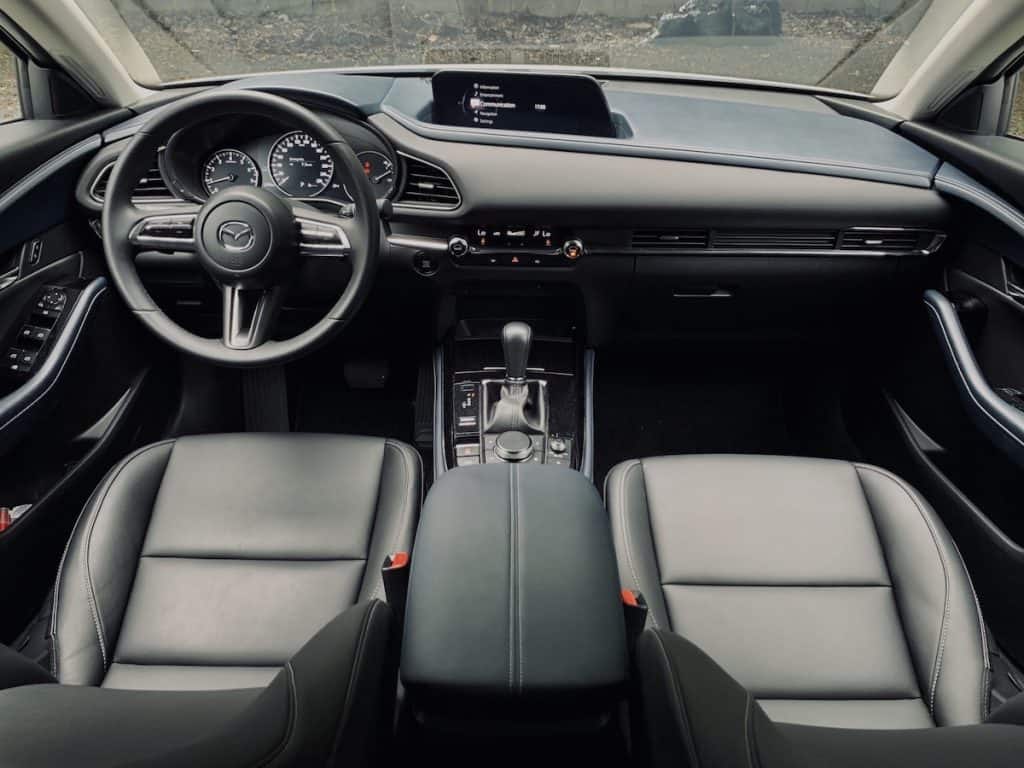
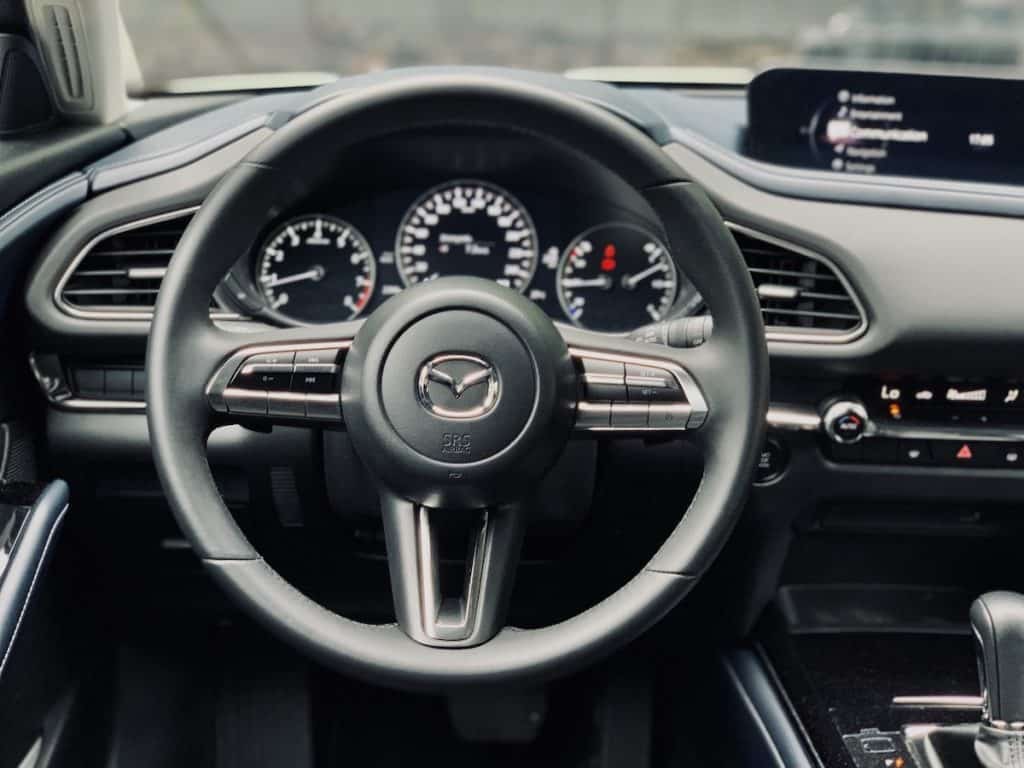
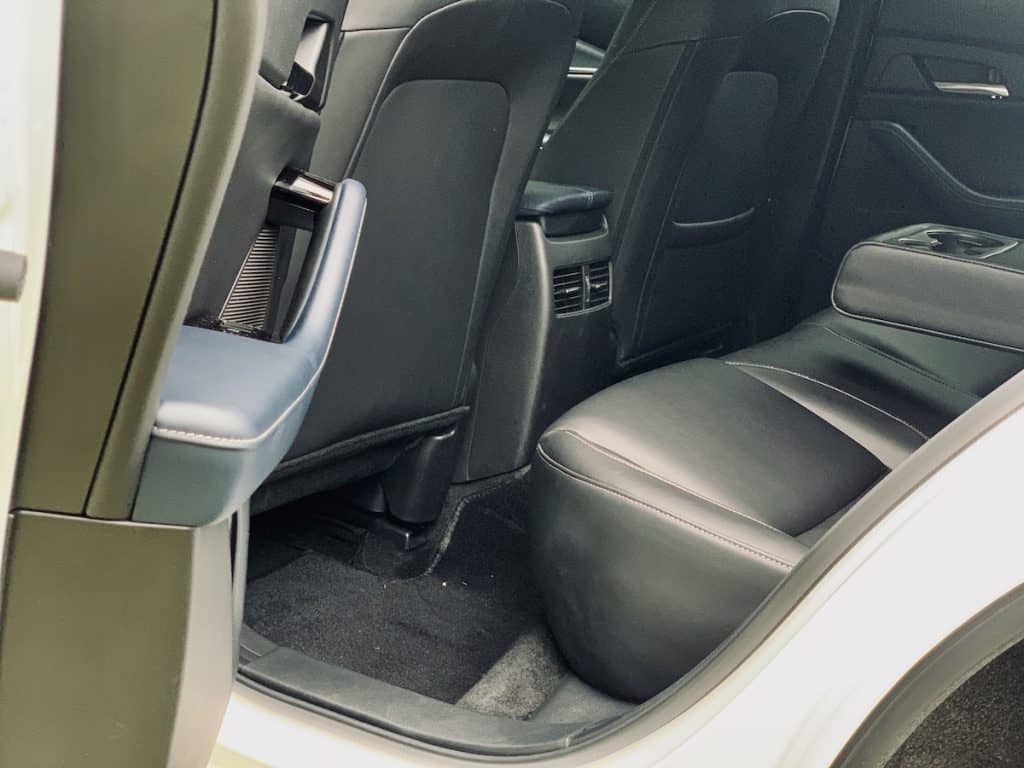
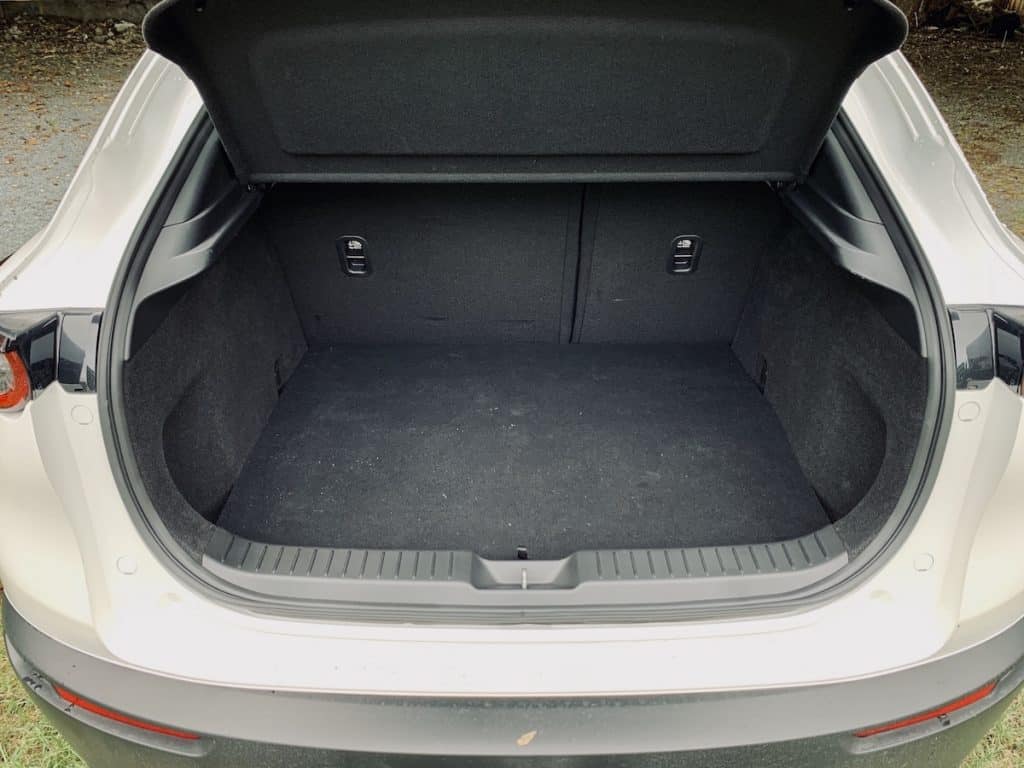
I like how supportive the CX-30’s seats are, plus the flurry of adjustments that the driver and front passenger can employ make for a snug seating. Space is stellar – at least in the front. The rear, on the other hand, is spacious enough for two Filipinos of average size and height, but those who stand near six feet would need to compromise with the low headroom. Cargo space is superb as far as average usage goes, but would have been all aces if not for the non-flat lip. The loading height is surprisingly low despite the CX-30’s added height.
Technology & Safety
As a mid-variant, the CX-30 doesn’t carry the best from the brand, but it’s already notable when compared to the cars within its class. Most controls are electronic sans the seat adjustments. Some of the small tech toys that I love were the auto-brake hold and the walk-away auto-lock. These two, no matter how mundane they sound, are the ones you’ll use daily.
As for the infotainment, the CX-30 drops touchscreen functionality for undistracted driving, just like the other newer Mazdas. As far as I’m concerned, it wasn’t a bad decision since the knob is just easy to use. If you like music, you’ll be delighted with how Mazda’s eight-speaker setup can satisfy your senses – move up to the higher AWD variants and you’ll get a better 12-speaker Bose system. And yes, Apple CarPlay and Android Auto are standard even with the absence of touchscreen controls.
Seven airbags, traction control, stability control, a parking camera, hill-start assist, among others – these safety features are standard in the mid-variant but if you want more, CX-30 AWD variants come with adaptive cruise control and lane-keeping aids.
Driving & Handling
Despite the added height, Mazda didn’t compromise its Jinbai Ittai philosophy with the CX-30. You’ll instantly feel the connection with the car at first seating, plus the nicely weighted steering wheel inspires confidence even during evasive maneuvers. Body roll’s barely minimal, too, which is expected with Mazda’s G-Vectoring Control.
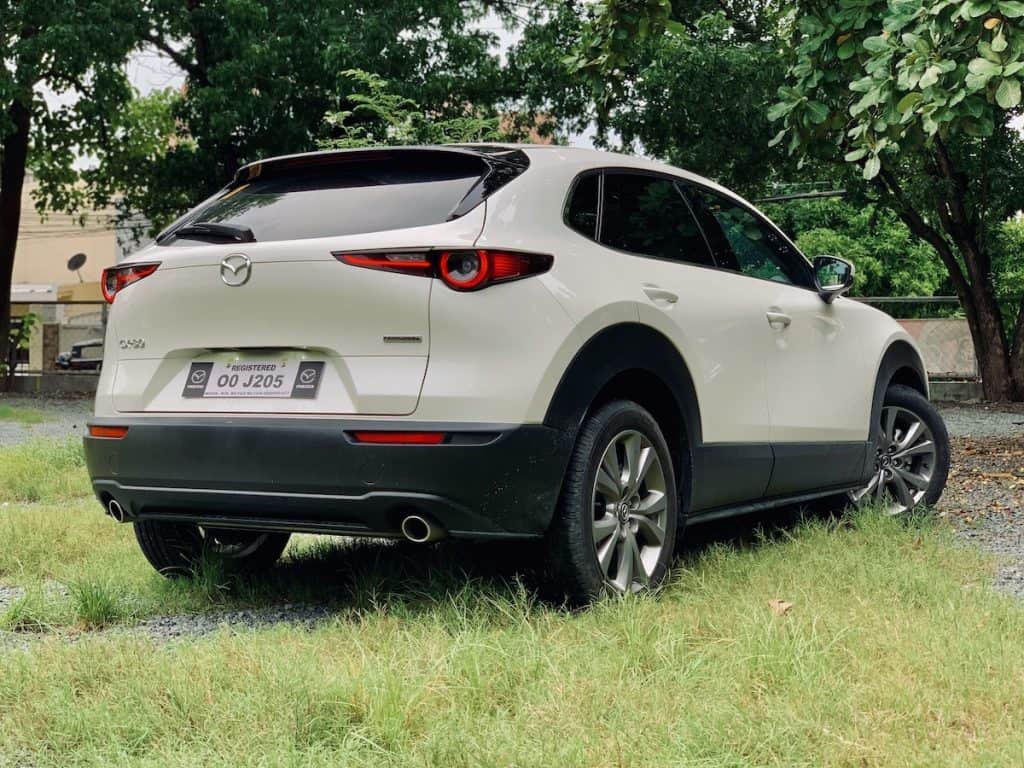
As for power delivery, the CX-30 carries the same 2.0-liter naturally aspirated SkyActiv-G engine from the ‘3’ family, putting out 155hp and 200Nm of pull. It’s quite a bliss to drive, with the ever-reliable six-speed SkyActiv-Drive torque converter automatic doing what it does best in providing power to the front wheels. There wasn’t any feeling of lacking at any point and, despite the engine sound penetrating the cabin at higher revs, I appreciate hearing the power plant roar from time-to-time. Beyond the engine sound, NVH is pretty much isolated from the cabin.
Fuel Consumption
I wasn’t expecting remarkable numbers from the CX-30 (considering how unsubdued the power delivery was) but the crossover managed to impress even so. Within the city, with moderate to light traffic, I clocked in 11.8 km/l while highway drives with only myself on-board registered 20.3 km/l at around 90 km/h.
Verdict
No matter how good the Mazda CX-30 is, its main qualm would be its sticker price. At P1,790,000, the Mazda CX-30 is admittedly beyond what you’ll expect from a subcompact crossover. In fact, it crosses the price range of bigger compact crossovers and even some three-row midsize SUVs out there.
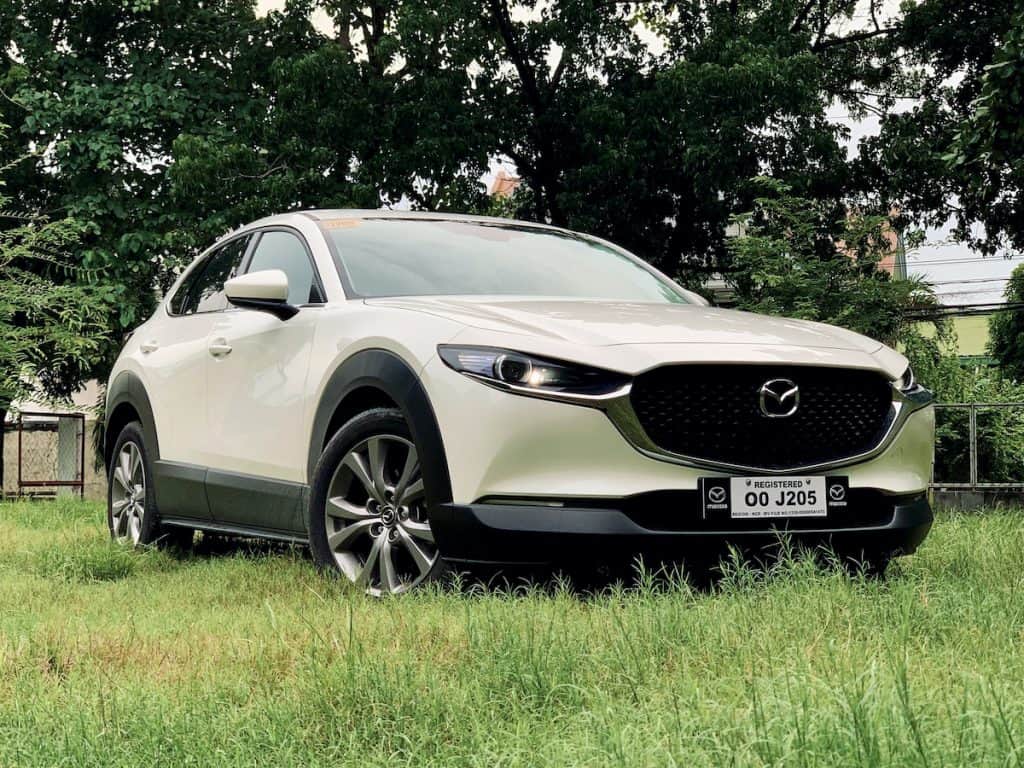
But that’s the thing – Mazda doesn’t want you to compromise quality and incredible driving experience with an attractive price tag. Simply put, pay more and you’ll get more, even beyond what the spec sheet listed. That sums up what the CX-30 could offer. If your budget permits, the CX-30 is one crossover that you should consider if you don’t want to go as huge as the CX-5.
As always, I recommend that you test one out so you can experience yourself what you’ve read here.

